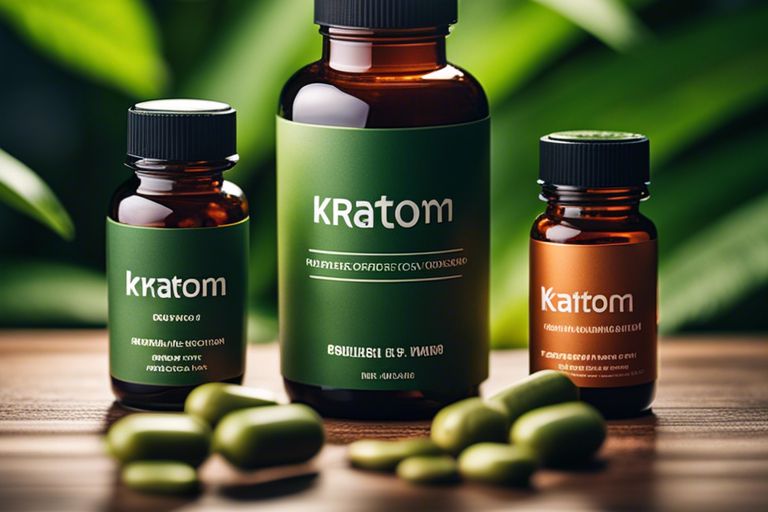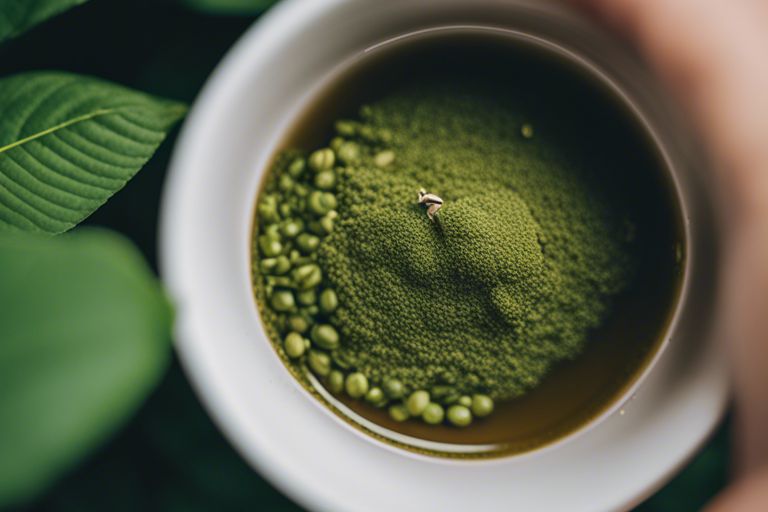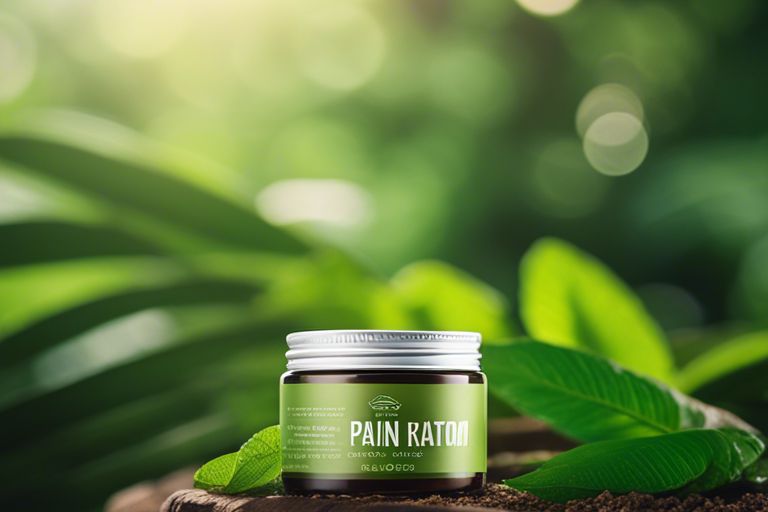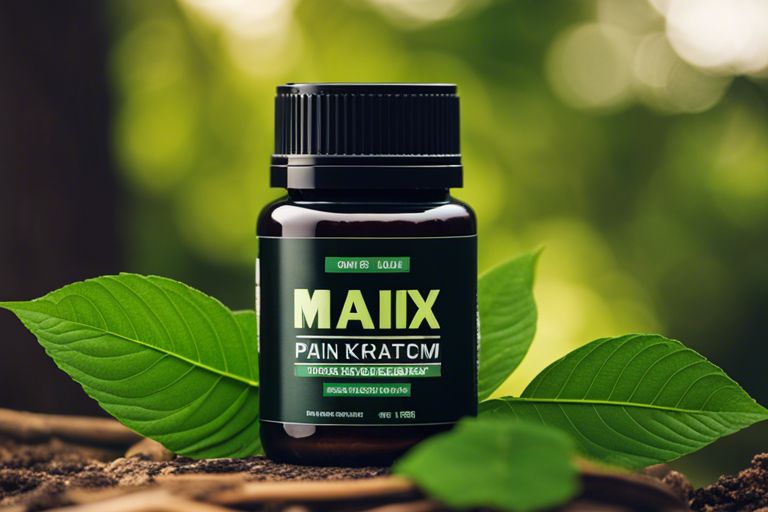Deprecated: mb_convert_encoding(): Handling HTML entities via mbstring is deprecated; use htmlspecialchars, htmlentities, or mb_encode_numericentity/mb_decode_numericentity instead in /home/users/kratomfiles/www/kratomfiles.com/wp-content/plugins/quick-adsense-reloaded/includes/template-functions.php on line 3552
Treatment of pain using kratom is a topic that has sparked curiosity and controversy. This plant-based substance is touted by some as a natural alternative to traditional pain medications. However, its potential risks and legal status have raised concerns. Understanding what kratom is used for in pain management can help individuals make informed decisions about its benefits and pitfalls.
Key Takeaways:
- Chronic Pain Management: Kratom is often used as a natural alternative for managing chronic pain conditions, such as arthritis, back pain, and fibromyalgia.
- Opioid Withdrawal Relief: Kratom has been used to help individuals cope with opioid withdrawal symptoms, as it can help alleviate cravings and discomfort associated with the process.
- Mood Enhancement: Some people use kratom to boost their mood and alleviate symptoms of depression and anxiety, as it can act as a mild stimulant and bring about feelings of euphoria and relaxation.
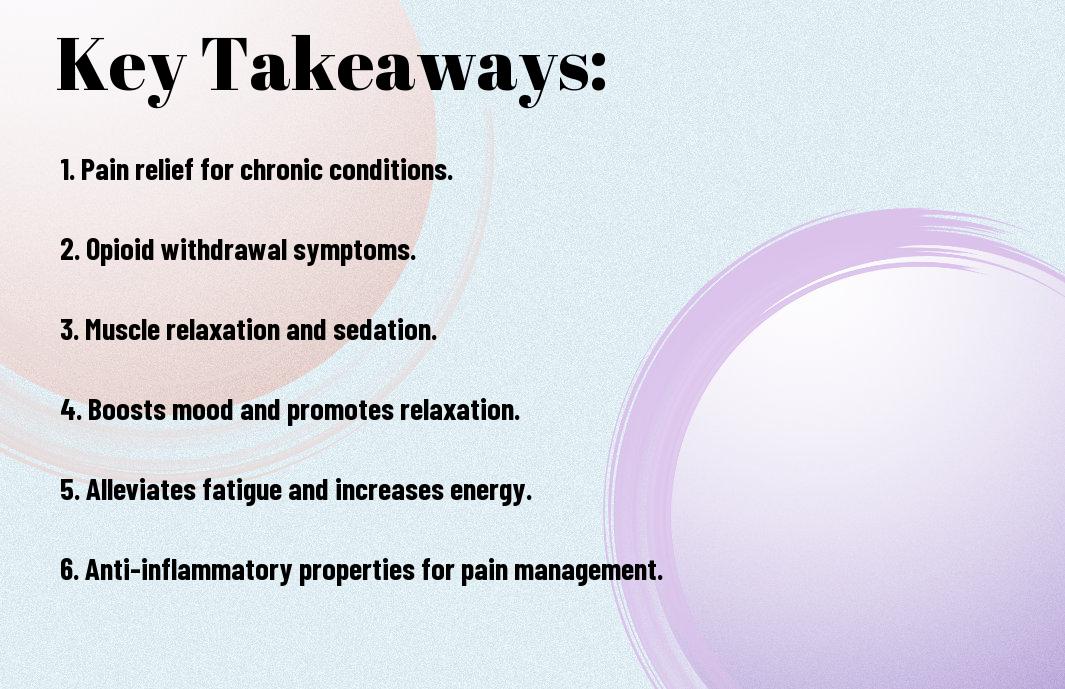
History of Kratom
Origins and Traditional Use
Your journey into understanding kratom’s uses for pain relief must include an exploration of its history. An ancient plant native to Southeast Asia, kratom, scientifically known as Mitragyna speciosa, has been used for centuries by indigenous communities for its stimulating and pain-relieving properties. In regions like Thailand, Malaysia, and Indonesia, kratom leaves were traditionally chewed or brewed into tea to boost energy levels, alleviate discomfort, and enhance productivity during long working days.
Modern Popularity and Controversy
History unveils a shift in kratom’s perception from a traditional remedy to a controversial substance in modern times. With the rise of global connectivity, kratom gained popularity in Western countries for its potential as a natural alternative for managing chronic pain, anxiety, and opioid withdrawal symptoms. However, this surge in popularity has also been accompanied by debates surrounding its safety, regulation, and potential for addiction. Critics stress the lack of research on kratom’s long-term effects, while advocates highlight its positive impact on individuals seeking holistic wellness solutions.
Mechanism of Action
Opioid Receptors and Pain Relief
Assuming the role of a partial opioid agonist, kratom interacts with the mu-opioid receptors in the brain. This interaction leads to the modulation of pain pathways, which can result in pain relief for individuals consuming kratom. By binding to these receptors, kratom can mimic the effects of traditional opioid medications but with a milder impact on respiratory functions, potentially reducing the risk of overdose.
Stimulation and Sedation Effects
Any discussion about kratom’s effects would be incomplete without mentioning its dual nature in providing stimulation and sedation. This unique feature depends on the dosage taken, where lower doses typically induce stimulating effects, akin to caffeine, while higher doses lean towards sedation, similar to opioid medications.
Mechanism: Another key aspect to consider is that kratom’s stimulation and sedation effects are attributed to its different alkaloids, such as mitragynine and 7-hydroxymitragynine. These compounds are responsible for interacting with various neurotransmitter systems, influencing alertness, focus, mood, and relaxation.
Types of Kratom for Pain Relief
For individuals seeking relief from pain using kratom, there are a variety of types to consider. Each type offers unique properties that may be more suited for specific types of pain.
| Red Vein | Known for its potent pain-relieving qualities, the red vein kratom is popular for its sedating effects. |
| Green Vein | Provides a balanced mix of pain relief and stimulation, making it a versatile option for different types of pain. |
| White Vein | Offers stimulating properties that can help with pain management while promoting alertness and focus. |
| Yellow Vein | Known for its moderate pain relief effects and mood-boosting properties. |
| Recognizing | the differences between these kratom types can help individuals find the most suitable option for their pain management needs. |
Strains and Veins: Red, Green, White, and Yellow
Yellow vein kratom is a unique strain that combines the properties of both red and green veins. It offers moderate pain relief and a subtle energy boost, making it a popular choice for individuals looking for a balanced option. Its mood-boosting effects can also help alleviate symptoms of anxiety and depression.
Forms: Powder, Capsules, Tea, and Tinctures
Any form of kratom can be used for pain relief, but the most common forms include powder, capsules, tea, and tinctures. Powder form is versatile and can be easily mixed into drinks or food for convenient consumption. Capsules offer a precise dosage, making it easier to control intake. Tea provides a soothing way to consume kratom while tinctures offer a concentrated form for quick absorption.
Conditions Treated with Kratom
Chronic Pain and Inflammation
Many individuals turn to kratom to manage chronic pain and inflammation. Kratom’s alkaloids interact with opioid receptors in the brain, providing relief similar to that of prescription pain medications without the risk of respiratory depression.
Fibromyalgia and Arthritis
Arthritis and fibromyalgia sufferers often find kratom beneficial in managing their symptoms. Kratom can help alleviate pain and improve mobility in individuals dealing with these chronic conditions.
Chronic inflammation associated with arthritis can be reduced by kratom’s anti-inflammatory properties.
Migraines and Headaches
To help with migraines and headaches, users have reported that kratom can provide relief. The analgesic effects of kratom can help alleviate the pain and discomfort associated with these conditions.
Anxiety and Depression
Individuals struggling with anxiety and depression have found that kratom can offer some relief. The plant’s alkaloids interact with serotonin receptors in the brain, helping to elevate mood and reduce symptoms of anxiety and depression.
An additional benefit of kratom for anxiety is its anxiolytic properties, which can promote relaxation and reduce stress levels in users.
Benefits of Kratom for Pain Management
Natural and Non-Addictive
After researching the benefits of Kratom for pain management, it is evident that one of the standout advantages is its natural properties. Kratom is derived from the leaves of the Mitragyna speciosa tree, which is native to Southeast Asia. This natural origin sets it apart from synthetic pain medications, offering users a more holistic approach to their pain relief. Additionally, unlike many prescription opioids, Kratom is considered non-addictive when used responsibly.
Fast-Acting and Long-Lasting Relief
With Kratom, users can experience relief from pain in a relatively short amount of time. Kratom’s alkaloids interact with the brain’s receptors to mitigate the sensation of pain quickly. Moreover, its effects can last for several hours, providing users with sustained relief without the need for frequent dosing.
Benefits of Kratom for pain management include not only its rapid onset of action but also its ability to provide prolonged relief, making it an attractive option for individuals seeking an alternative to traditional pain medications.
Minimal Side Effects
When compared to many prescription pain medications, Kratom is known for its minimal side effects. While some users may experience mild nausea or dizziness, these effects are typically short-lived and subside as the body adjusts to the herb. It’s important to note, however, that taking high doses of Kratom or using it in combination with other substances can increase the risk of adverse reactions.
Pain relief from Kratom is generally well-tolerated, but users should be mindful of their dosage and any potential interactions with other medications to minimize the risk of side effects.

What is the Difference Between Kratom Pain and Red Kratom in Terms of Usage and Benefits?
When it comes to red kratom uses, it is important to understand the difference between kratom pain and red kratom. Kratom pain is typically used for managing chronic pain, while red kratom is known for its calming and sedative effects. Both have their own unique benefits and usage depending on individual needs.
Risks and Contraindications
Once again, while kratom has gained popularity for its potential health benefits, it is vital to be aware of the risks and contraindications associated with its use. According to Health Benefits of Kratom, one of the main concerns is the possible interactions kratom may have with medications and substances.
Interactions with Medications and Substances
Risks: Kratom has the potential to interact with various medications and substances, including sedatives, stimulants, and opioids. These interactions can lead to adverse effects such as increased sedation or respiratory depression. It is crucial to consult with a healthcare provider before incorporating kratom into your routine, especially if you are taking medications.
Potential Side Effects and Withdrawal
To mitigate the risks associated with kratom use, it is vital to be aware of potential side effects and withdrawal symptoms. While kratom is generally well-tolerated in low to moderate doses, higher doses may result in side effects such as nausea, constipation, dizziness, and even dependence.
Regulation and Legal Status
Understanding the regulatory and legal status of kratom is crucial for those considering its use. Kratom is currently legal in many states in the U.S., but some have imposed restrictions or bans due to safety concerns. It is important to stay informed about the evolving legal landscape surrounding kratom to ensure compliance with local laws.
To wrap up
The use of kratom for managing pain has become increasingly popular, with many people finding relief from chronic pain conditions. Kratom’s ability to interact with opioid receptors in the brain, its anti-inflammatory properties, and its sedative effects all contribute to its effectiveness in managing pain. However, it is imperative to use kratom responsibly and consult with a healthcare professional before incorporating it into your pain management regimen.
The potential benefits of using kratom for pain relief are promising, but more research is needed to fully understand its long-term effects and safety profile. As with any natural remedy, it is crucial to weigh the benefits against the risks and make an informed decision that aligns with your individual health needs and circumstances. Overall, kratom has shown promise as a natural alternative for pain management, but further research and regulation are necessary to ensure its safe and effective use.
FAQ
Q: What is Kratom?
A: Kratom is a tropical plant native to Southeast Asia. It is used for its medicinal properties and recreational effects.
Q: How is Kratom used for pain management?
A: Kratom contains alkaloids that interact with opioid receptors in the brain, providing pain relief similar to opioids but with less risk of respiratory depression.
Q: What types of pain can Kratom help with?
A: Kratom is commonly used to relieve chronic pain conditions such as arthritis, fibromyalgia, and back pain.
Q: Is Kratom safe for pain management?
A: When used responsibly and in moderation, Kratom can be a safe and effective option for managing pain. However, it is important to follow dosage guidelines and consult a healthcare provider before use.
Q: Are there any side effects of using Kratom for pain?
A: Some potential side effects of Kratom use include nausea, constipation, dizziness, and dependence. It is important to use Kratom responsibly and be aware of any potential risks associated with its use.



